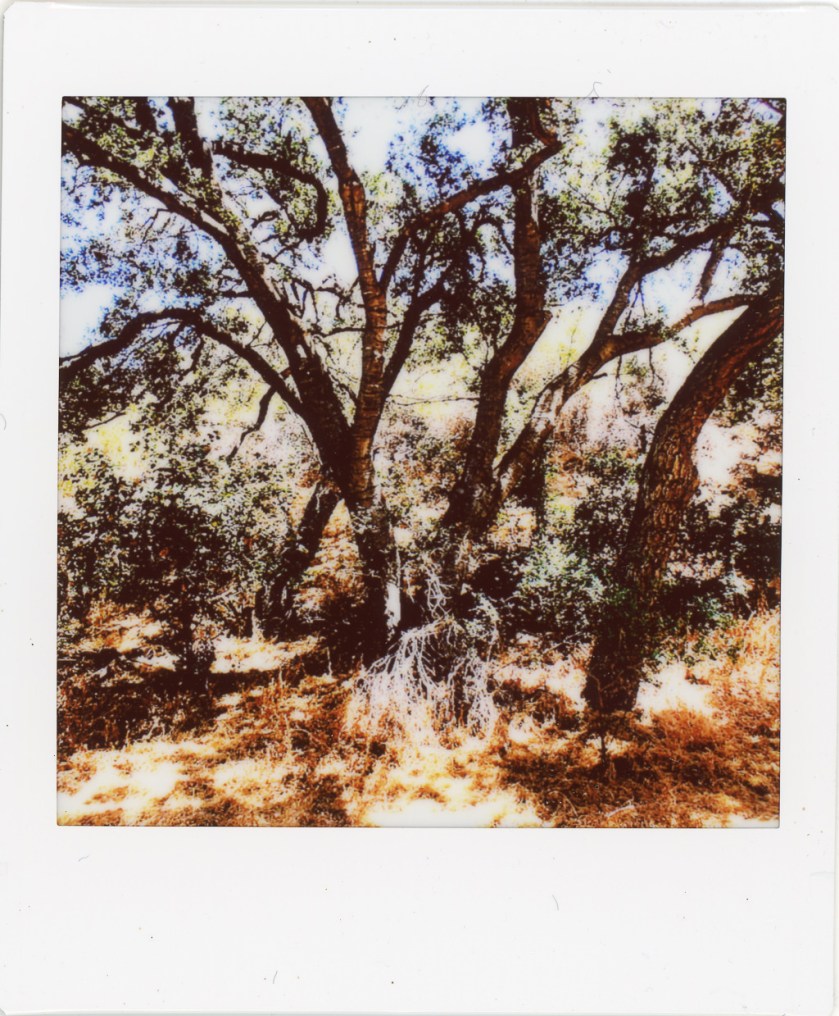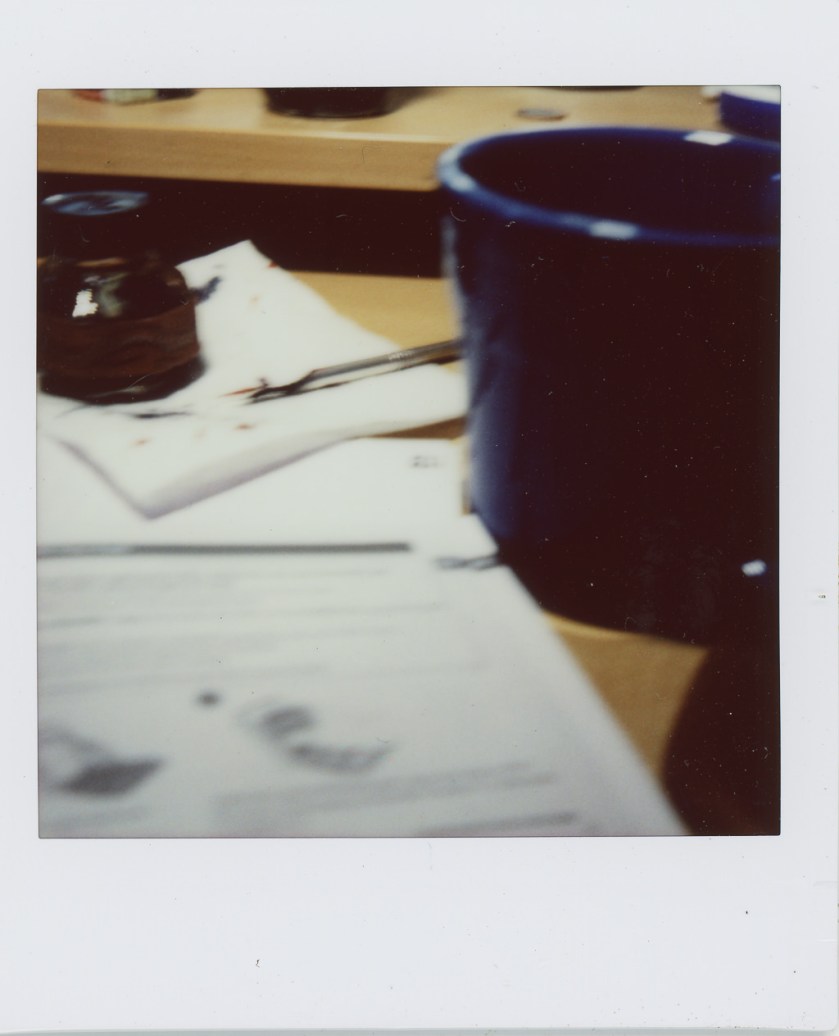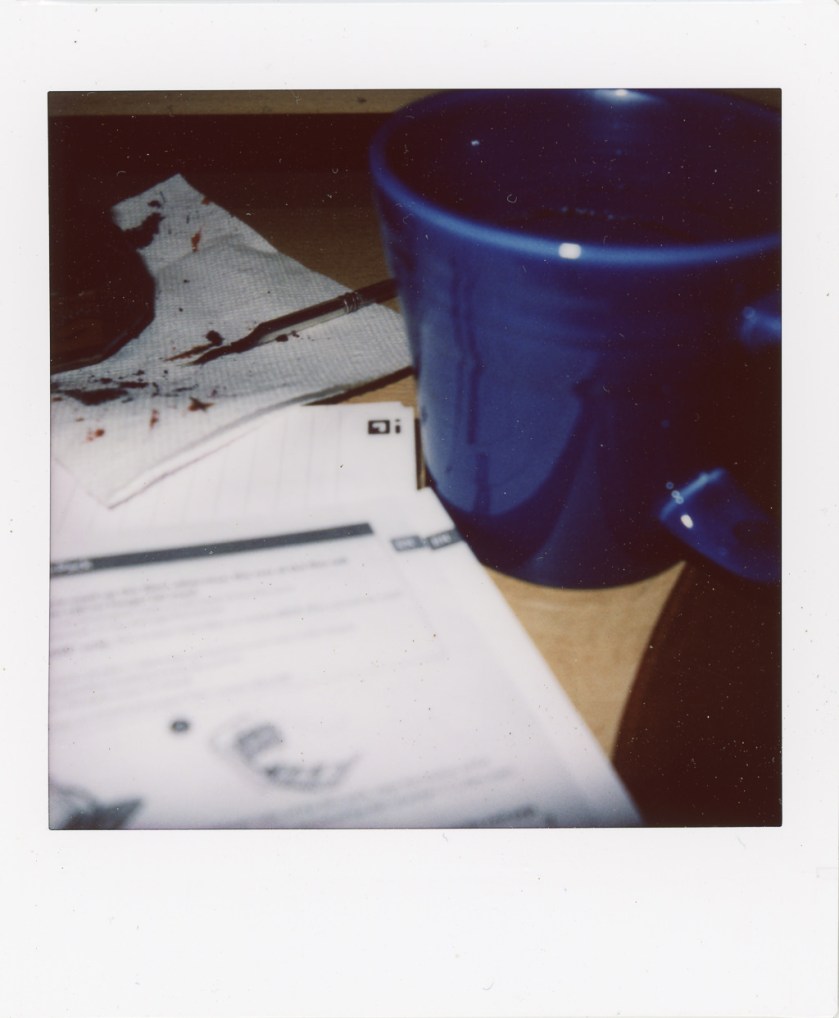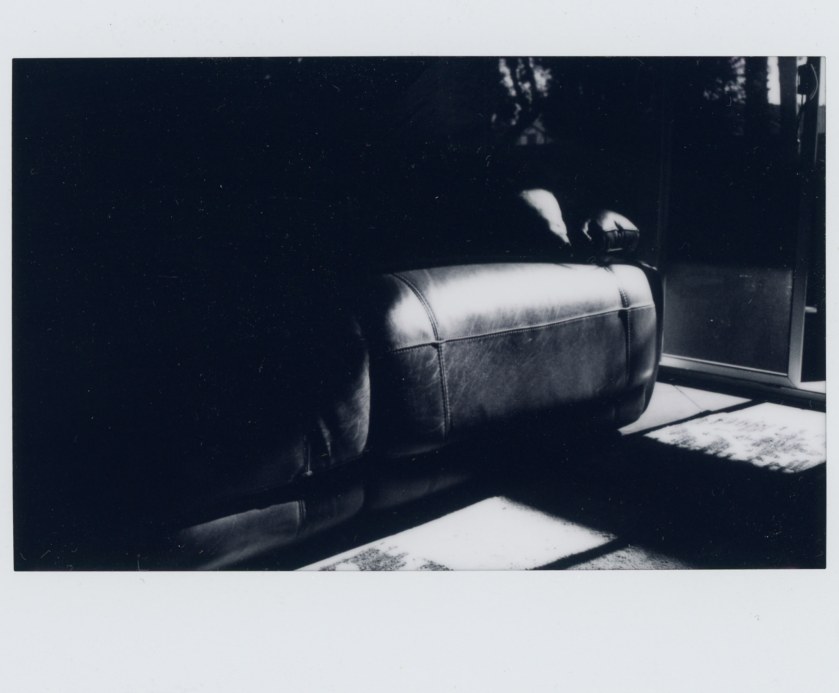Tag: Instax
Repair
Coming from a family that didn’t take photos or have family heirlooms, I have always rather longed for them. As a result, over the years, I have picked up a few. As with everything, repairs are necessary. Yesterday I picked up my lap desk (ca 1840) to move it, and a strip of wood running along the bottom unglued itself. Luckily, my husband has a bit of woodworking knowledge – his dad used to build harpsichords all by hand, including each plucker – so we used some wood glue and clamps to take care of the strip.
Like, Square, Man!
Pardon the outdated slang.
October is birthday month, for which I was well feted and well fed. And I got an Instax SP-3 printer. It’s rather cool. It prints out square format images using the FujiFilm Instax Square film. There are no memory card slots, so it is all wireless. There is an app for both Apple and Android phones called Instax Share. It works quite easily as well as lets you play around with your image. FujiFilm cameras with wireless connectivity in their menus, specifically for the Instax, also work. It is also easy to do, and there are videos on YouTube (of course!) showing you how to use the Instax SP-3 with your phone and camera. I’ll let you delve into that if you are interested.
Instax SP-3 Printer
I printed out 3 images from both my phone and from X100V. Seamless interface, really. The hardest thing was reading the teeny, tiny serial numbers on the bottom of the SP-3 to link it to the camera. The phone just found it and ID’d it readily, bringing up the actual serial number.
The above is a SOC image from the X100V. I chose it because I wanted to see how a true B&W object taken with color could look. With in-camera and in-phone editing, you can make a monochrome image, and this little color printer will print monochrome. Yay!
I wanted to see the details in the trees here as well as to catch the range of colors that trees and plants give. I pushed the saturation using the Instax phone app. Not displeased by the results.
I just printed this one because I liked it, as well as to see how the printer renders reds.
Instax SQ6 Camera
Besides the printer, the Instax SQ6 instant camera came along for the ride. It has been out for a bit, but the reason it was chosen is because it is the most feature rich of the Instax square cameras. You can also get it in different colors – I have the Graphite Grey model.
One of my big complaints about the Instax Wide is the lousy macro system. It’s just poor, and that is that. I never succeed, and really don’t like to spend a lot of time, film, and money doing something that proves worthless each time. However, the SQ6 does really well in this arena. The image above doesn’t really have the appearance of a macro – it’s really a close up. The viewfinder has some weird little thingies in the viewfinder, like a range finder, and you move in close to your subject, being sure to put it in the lower left corner of the viewfinder. The coffee cup was my main subject, and in the end your close-up object is fairly well centered. I will practice with that feature of the camera more.
One thing that the Instax Wide doesn’t have is a flash suppression. I use gaffer’s tape over it so I don’t get it. There are light and dark adjustments on the Instax Wide, and these same adjustments are found on the SQ6. There is also a flash suppression button on the SQ6. The above image is with the flash turned off.
Here, the flash is on, on auto mode, and the colors are good, the composition relatively sharp.
Thoughts
Altogether, no complaints about either printer, camera, or film. The nice thing is the square format, which is something I really enjoy working with in both analog and digital photography. The wireless technology of the printer is a real kick, and the its small footprint means it is easily portable. The camera has a good set of features that improve the ease of using it as well as allowing the photog(rapher) just the right amount of control to succeed. The printer is better for “good” images in someways than the camera as the resolution of a digital photo is going to be inherently better than that of the SQ6, but both fill niches for me.
Yeah, good presents to get and give!
Summer Path
I was going through some of my Instax photos taken earlier this summer. Here, a path nearby overgrown with mustard. Depending on how much water is available, mustard plants can be very short – or very tall.
I thought this could make a good study with a limited palette, and dryer brushes. Lots of things went through my head, actually. For example, plain batches of color. No pencil lines. Shadows using the underlying color of the ground or plants – i.e. burnt umber and ochre mixed with a bit of blue. Details in dry brush. Patience and wait to let things dry, or add blobs of color to enrich the damp paint. Dry brush over colors already laid in as a wash (like the tree and bush in midground and background).
Maybe I’ll take my Instax out for a walk today. And a dog.
Late Afternoon
Another instant photo taken with the Instax Wide 300. More monochrome film (why don’t they just say “black and white”?). No flash, and no flash cover. Instead I judiciously placed the center of the lens – there is a circle you can use to set up your image – on the bright left corner of the couch. Here it is, straight from the camera’s whatever. This one I like.













